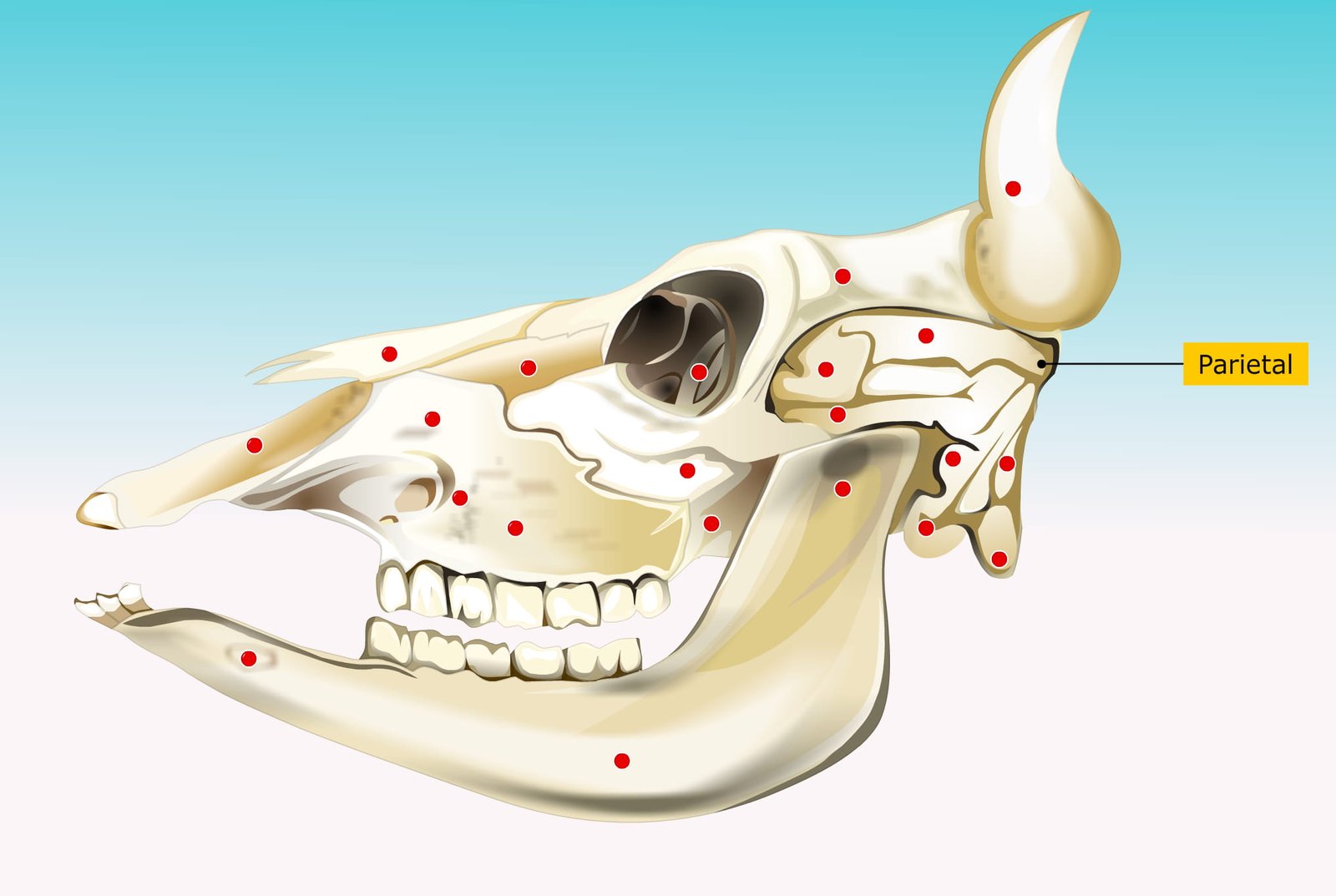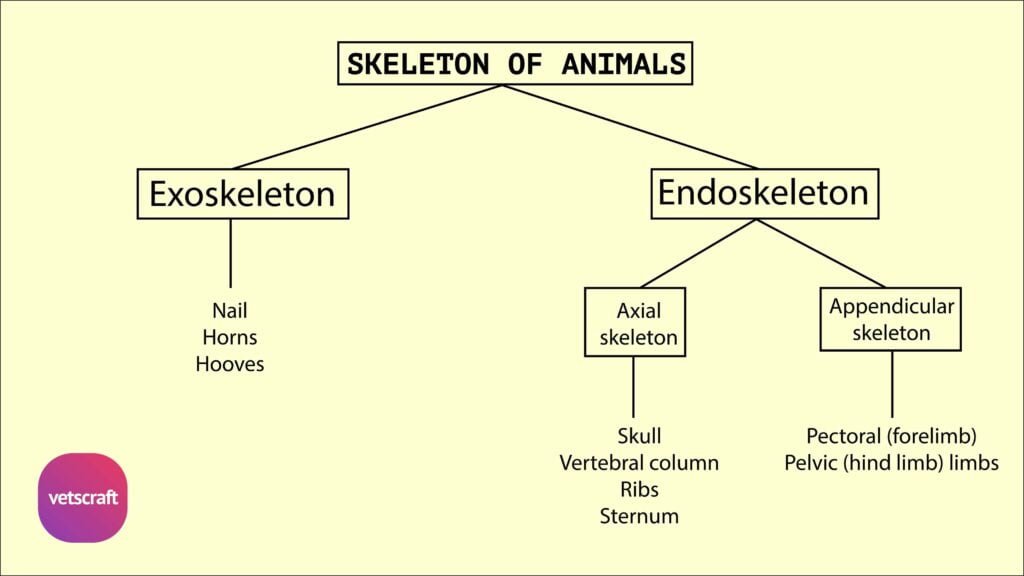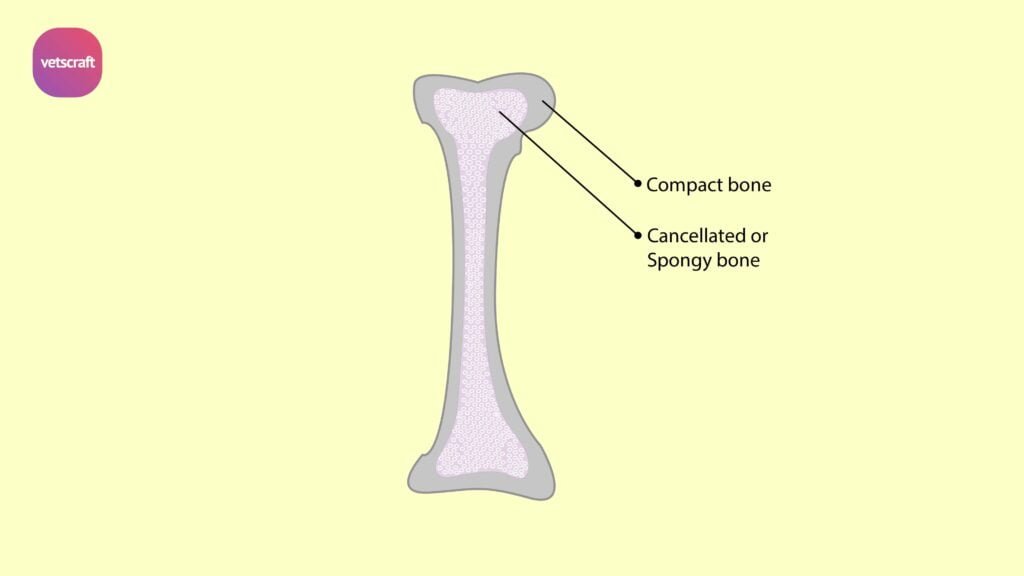TABLE OF CONTENTS
Parietal Bone of Domestic Animals
The parietal bone is a paired, flat bone located on the dorsolateral aspect of the skull in domestic animals. It contributes to the formation of the cranial cavity, enclosing and protecting the brain.
Its anatomical features, articulations, and surface markings may differ slightly depending on the species.

Parietal Bone of Ox
- The parietal bones of the ox are located on the posterior and lateral aspects of the cranium.
- They are fused to each other and to the interparietal and squamous part of the occipital bone before birth.
- Each parietal bone consists of a posterior part and a lateral part.
- The posterior parts of both sides form the posterior wall of the temporal fossa.
- The junction of the two parts is marked by a prominent parietal crest, which is continuous with the temporal crest below and with the frontal crest anteriorly.
- The frontal sinus extends into the parietal bones.
Comparative Anatomy of Parietal Bone
The parietal bone shows notable anatomical differences among domestic animals. In this section, the structure, position, and features of the this bone are described comparatively in the horse, dog, and fowl with the ox.
Horse
- The parietal bones of the horse are located on the dorsal aspect of the skull and form the roof of the cranium.
- The external parietal crest is median in position above but bifurcates below to join the frontal crest on either side.
- The internal surface presents, along its internal border, the interparietal crest.
- The posterior border meets the occipital bone and curves inward; together with the temporal bone, it forms the parieto-temporal canal. The parietal is not excavated to form a frontal sinus.
Dog
- The parietal of the dog is rhomboid in outline and is located as in the horse.
- It is extensive and forms the greater part of the roof of the cranial cavity.
Fowl
- The parietal of the fowl is situated on the posterior part of the skull and forms part of the roof of the cranium.
- It is positioned between the supraoccipital, frontal, and temporal bones.

